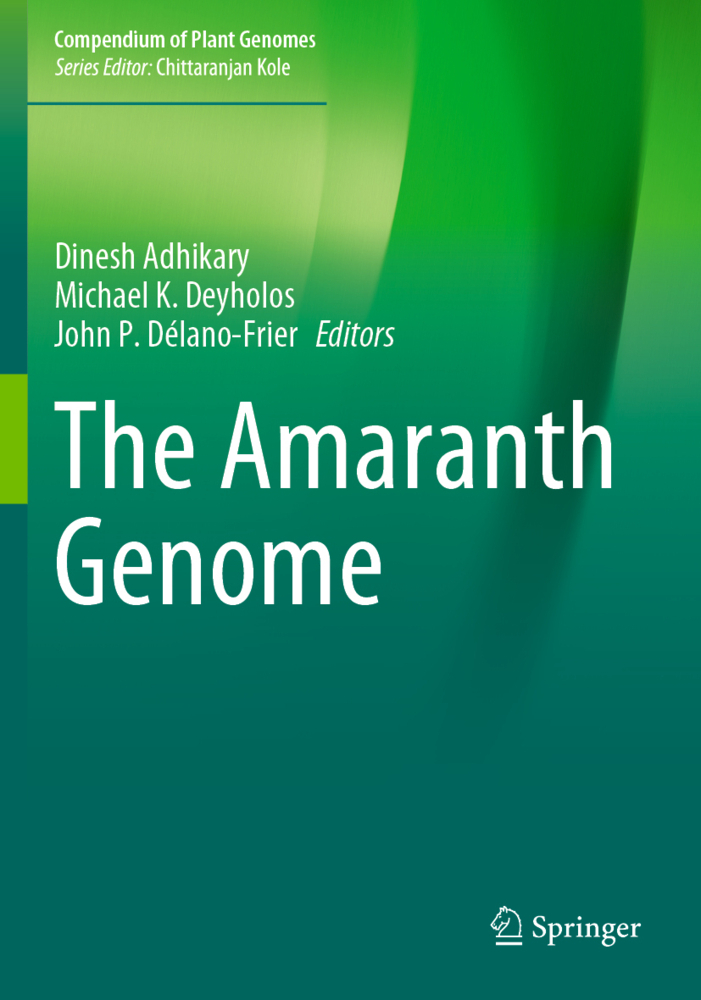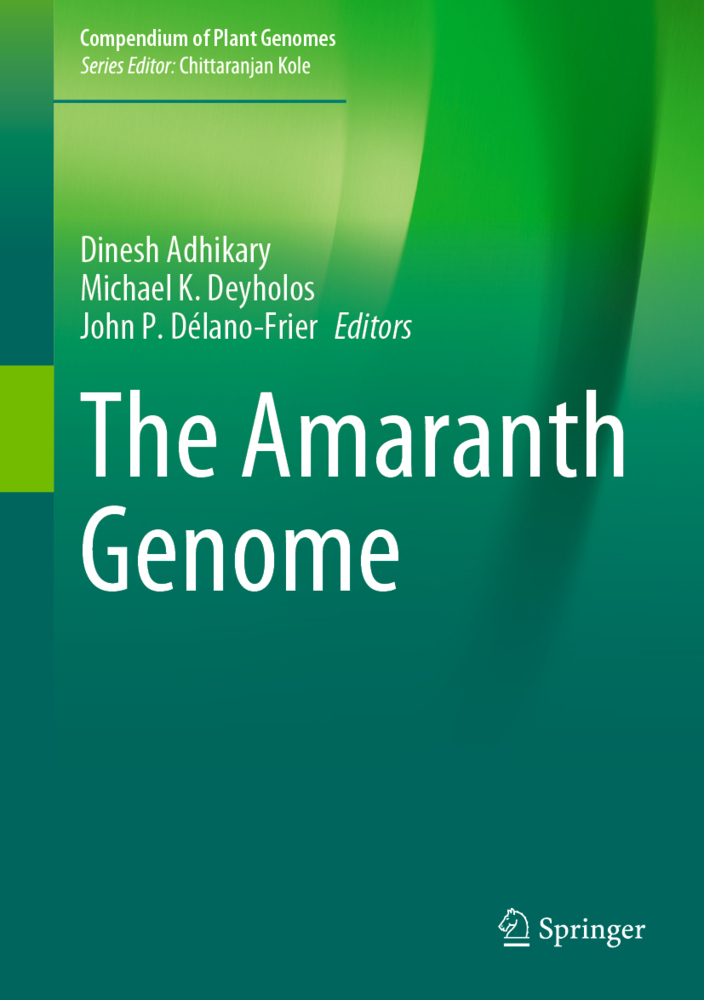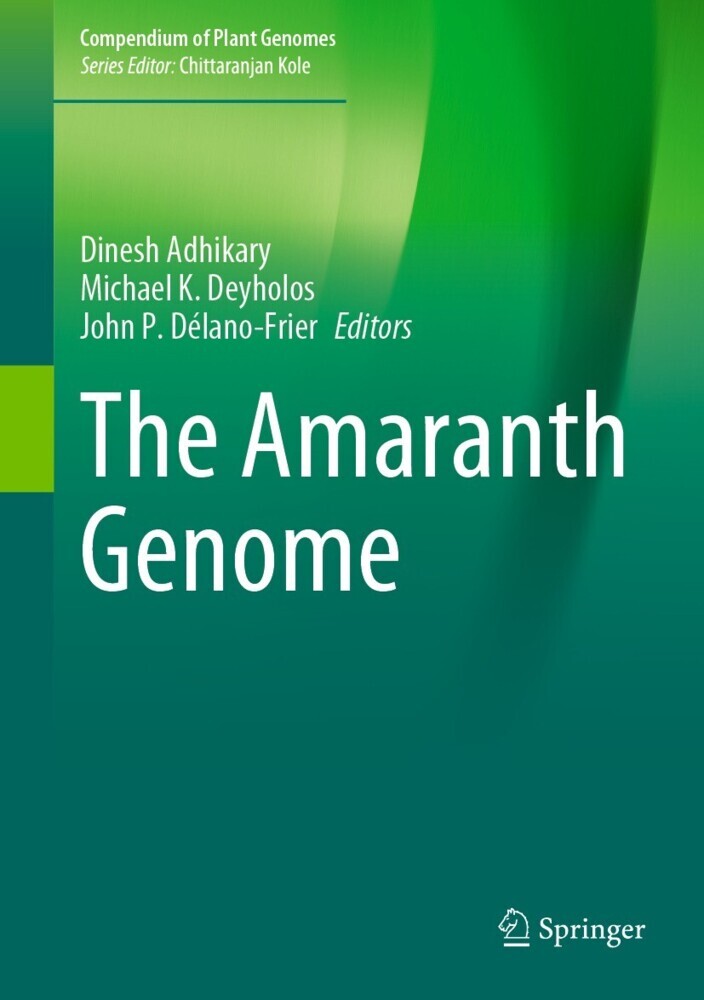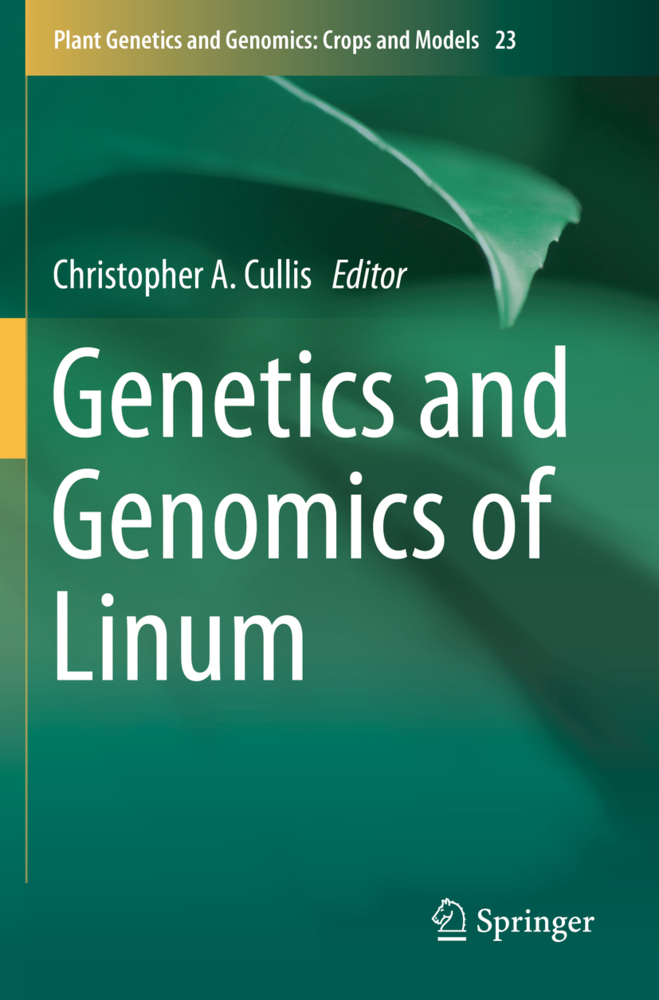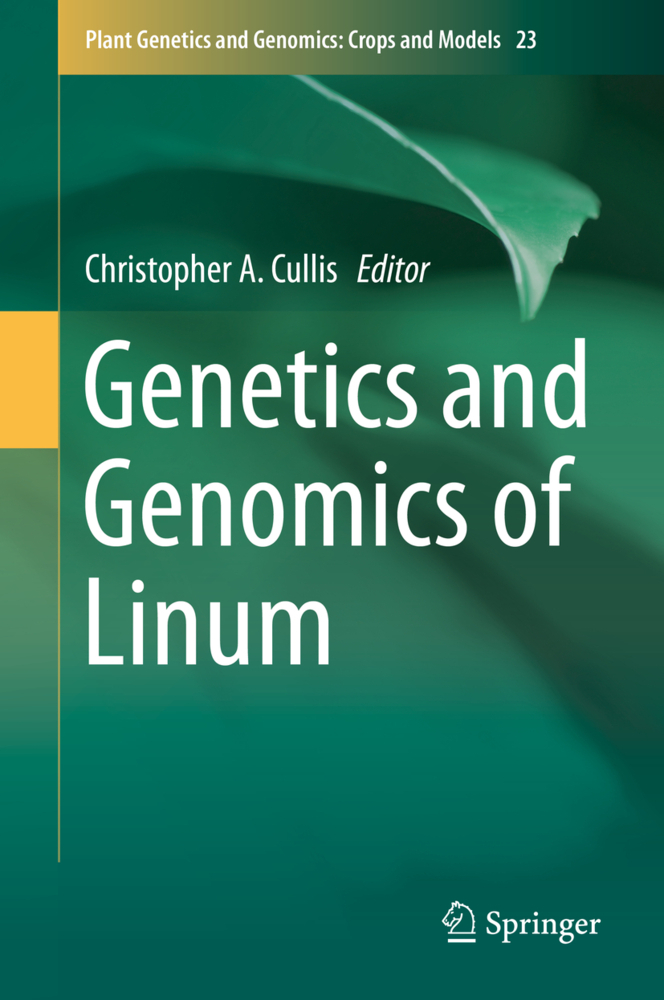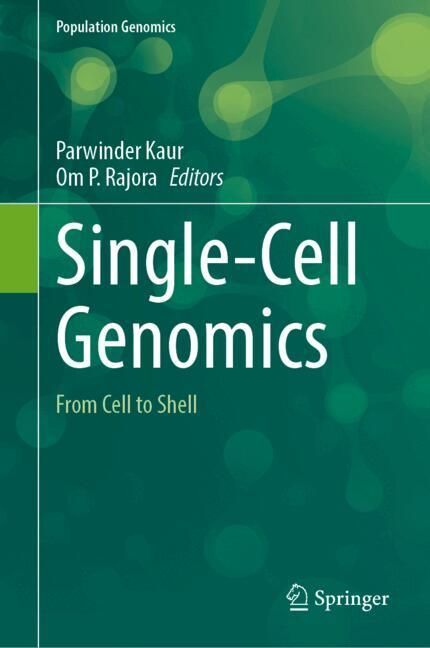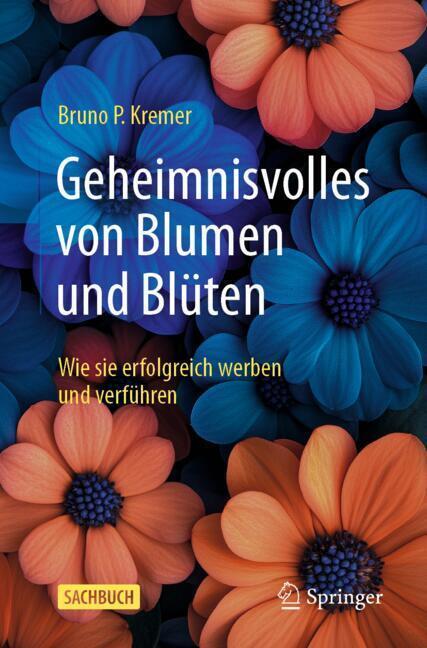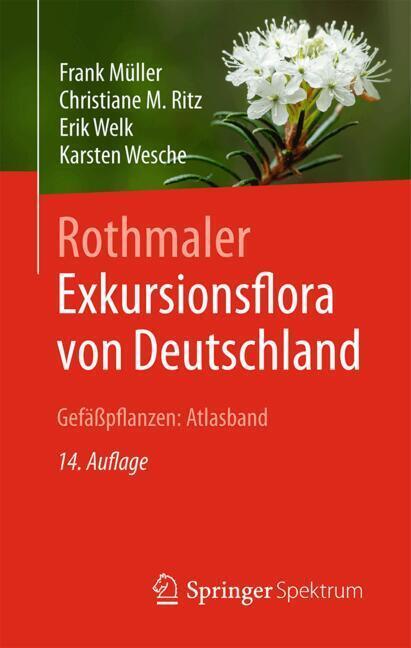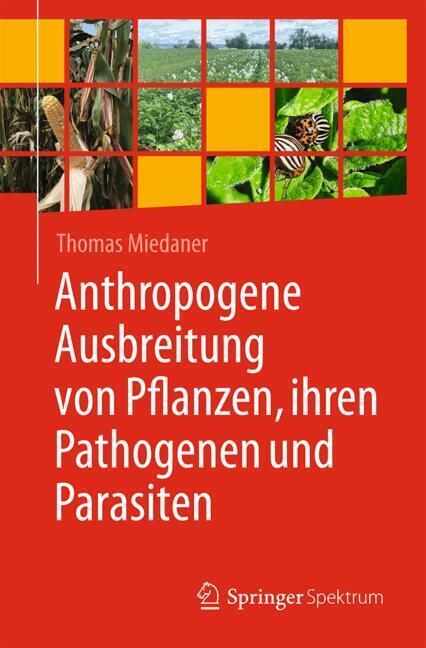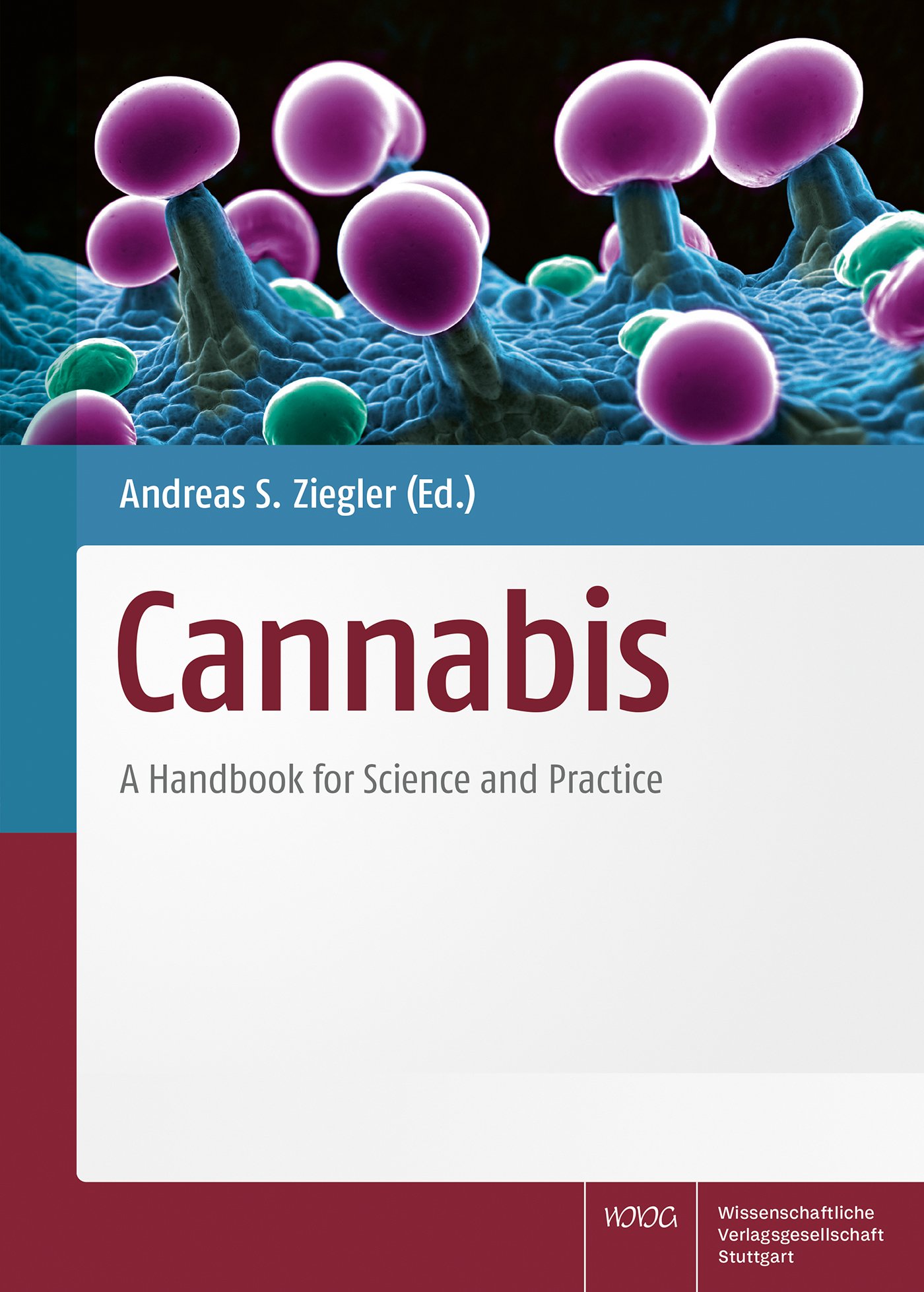The Amaranth Genome
The Amaranth Genome
This book describes the development of genetic resources in amaranths, with a major focus on genomics, reverse, and forward genetics tools and strategies that have been developed for crop improvement. Amaranth is an ancient crop native to the New World. Interest in amaranths is being renewed, due to their adaptability, stress tolerance, and nutritional value. There are about 65 species in the genus, including Amaranthus caudatus L., A. cruentus L., and A. hypochondriacus L., which are primarily grown as protein-rich grains or pseudocereals. The genus also includes major noxious weeds (e.g., A. palmeri). The amaranths are within the Caryophyllales order and thus many species (e.g., A. tricolor) produce red (betacyanin) or yellow (betaxanthin) betalain pigments, which are chemically distinct from the anthocyanins responsible for red pigmentation in other plants. A. hypochondriacus, which shows disomic inheritance (2n = 32; n= 466 Mb), has been sequenced and annotated with 23,059 protein-coding genes. Additional members of the genus are now also been sequenced including weedy amaranths, other grain amaranths, and their putative progenitors.
Chapter 1. Genome and Transcriptome of Amaranth Species.- Chapter 2. Organelle Genomics: The Chloroplast Genome of Amaranth.- Chapter 3. Genetic and Phenotypic Odyssey: Voyage of the Grain Amaranths from the Americas to the Old World.- Chapter 4. Genetics of Betalain Pigments in Amaranth Species.- Chapter 5. Molecular Characterization of Seed Storage Proteins (SSPs) in Grain Amaranth.- Chapter 6. Genetic Diversity in Amaranth and its Close Relatives.- Chapter 7. Searching for an Identity: Functional Characterization of Taxonomically Restricted Genes in Grain Amaranth.- Chapter 8. How to Overcome Recalcitrance? Novel Strategies and Recent Advances in the Genetic Transformation of Grain Amaranth.- Chapter 9. Polyploidy and Hybridization for Amaranth Crop Improvement.- Chapter 10. Amaranth Transcription Factors in Response to Biotic and Abiotic Stresses.
Adhikary, Dinesh
Deyholos, Michael K.
Délano-Frier, John P.
| ISBN | 978-3-030-72367-5 |
|---|---|
| Artikelnummer | 9783030723675 |
| Medientyp | Buch |
| Copyrightjahr | 2022 |
| Verlag | Springer, Berlin |
| Umfang | XVII, 181 Seiten |
| Abbildungen | XVII, 181 p. 53 illus., 45 illus. in color. |
| Sprache | Englisch |

